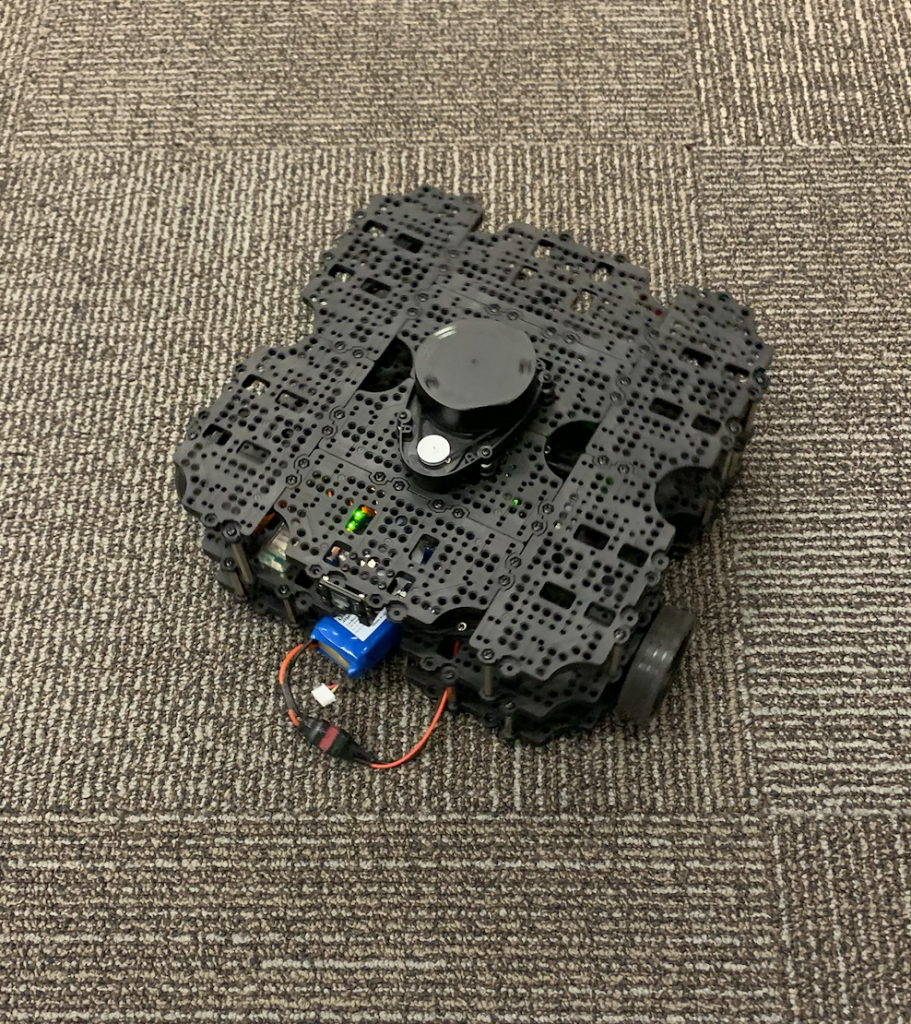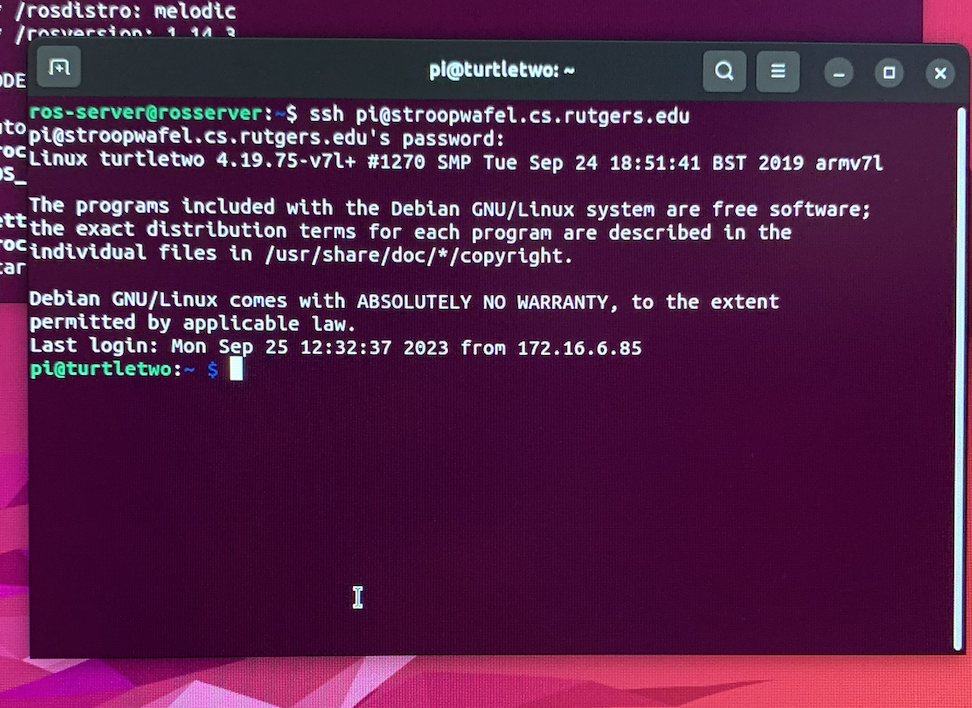Turtle Bots
The Turtle bots are a type of robotic platform that utilizes the Robot Operating System (ROS) and can be controlled remotely. These versatile robots are designed to perform various tasks, including mapping rooms and scanning for objects in their environment. They are equipped with Lidar sensors and a camera, which provide them with the necessary perception capabilities to navigate and interact with their surroundings.
To learn more, please visit the turtle bot website at https://emanual.robotis.com/docs/en/platform/turtlebot3/overview/
Controlling PC
The controlling PC plays a crucial role in sending commands and instructions to the Turtlebots. ROS provides a framework for developing robot software, allowing different components to communicate with each other through a publish-subscribe messaging system.
The controlling PC acts as a publisher, sending messages called “Topics” to the Turtlebots. These Topics contain information about the desired actions or behaviors that the Turtlebots should perform. The Turtlebots, on the other hand, act as subscribers, receiving these Topics and acting accordingly based on the information contained within.
When the controlling PC wants to send a command to the Turtlebots, it publishes the corresponding Topic to a specific ROS Topic channel. This can be done using ROS libraries and APIs in a programming language like Python. The Topic message typically includes data such as the desired velocity, position, orientation, or any other relevant information for controlling the Turtlebots.
By using the publish-subscribe model in ROS, the controlling PC can communicate with multiple Turtlebots simultaneously or control each Turtlebot individually by publishing Topics to the corresponding channels. This modular approach allows for easy integration of additional components and facilitates distributed processing and collaboration among multiple robots.
The hackerspace has a raspberry pi four which runs Ubuntu. This Pi has all the necessary modules and software to start working on the turtle bots.
Please note connecting your personal laptop to the CS-hackerspace network will allow you to connect to the turtle bots too. You do not need to use the Pi to control them.
Our Turtle Bots
The Turtlebots are connected through the CS Hackerspace network, each with its own URL for identification. They are equipped with Raspberry Pis that listen to commands from either a laptop or the main controlling PC. The controlling devices can control their movements and actions by sending commands over the network to the Turtlebot’s Raspberry Pi using their respective URLs. The Raspberry Pis act as subscribers, processing the received commands and coordinating the Turtlebots’ behavior accordingly. Having names on the Turtlebots facilitates easy identification and differentiation between them, simplifying communication and managing multiple robots in the system.
Stroopwafel – stroopwafel.cs.rutgers.edu
Pizzelle – pizzelle.cs.rutgers.edu

Turtle Bot Start up
Make sure the turtle bot is turned on if the battery is charged. Flip the switch on the turtle bot and wait for the boot sequence. The turtle bot should emit a beep when it’s done. You can then use the remote control to control the turtle bot effortlessly.
Start up
Using ROS main PI
The hackerspace has a dedicated Raspberry Pi 4 that’s already connected to the two turtle bots. Ros is already installed on this PI; all you have to do is start scripting.
Step One
Connect to the Raspberry Pi on the turtle bot. Use SSH to connect to one of the URLs above. Make sure to ask one of the staff in the hackerspace for the password and username of the turtle bot you want to use.
Step Two
Create a directory for your project. Try to keep the directory under the projects folder on the turtle bot. This will help you find your project later on.
Step Three
Set up ROS publishers and subscribers. Make sure to follow the ROS tutorial on how to set up and use ROS.
Using your own computer.
Step One
Install a version of ROS to your computer.
Step Two
Connect to the same network as the turtle bots.
Step Three
Create a directory for your project. Try to keep the directory under the projects folder on the turtle bot. This will help you find your project later on.
Step Four
Set up ROS publishers and subscribers. Make sure to follow the ROS tutorial on how to set up and use ROS. Check Out Our SLAM tutorial for Automated mapping of an area!
Conclusion
If you have any further questions, please do not hesitate to ask one of the staff in the hackerspace. There also is TurtleBot documentation available on the Turtle Bot Website.

Also see
- Turtle bot documentation – https://emanual.robotis.com/docs/en/platform/turtlebot3/overview/
- ROS wiki – https://wiki.ros.org/
